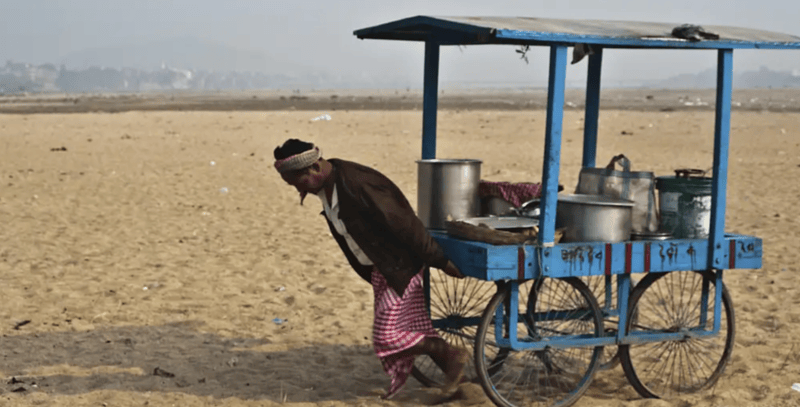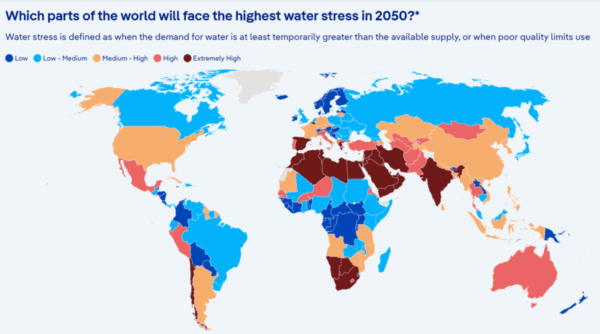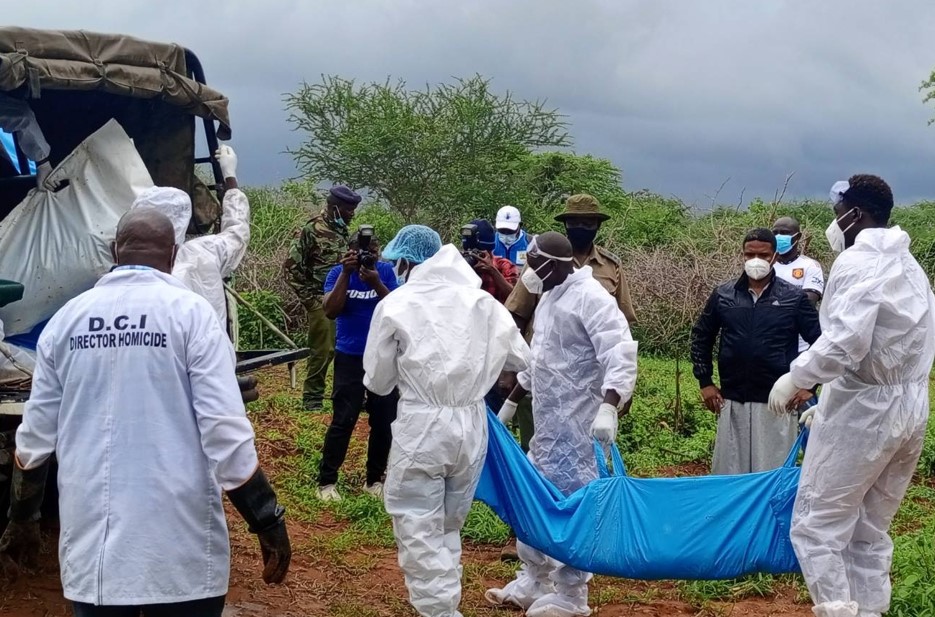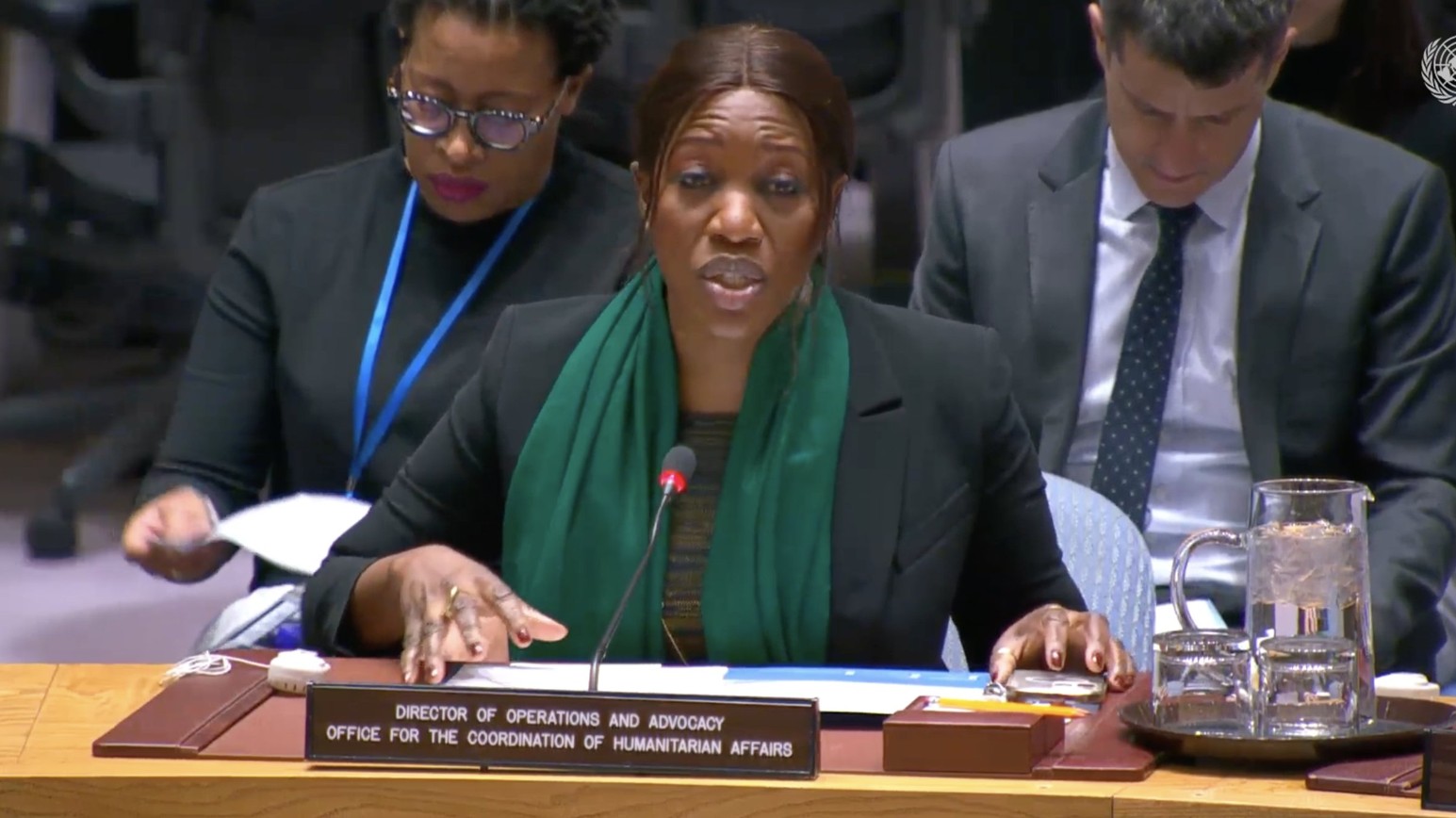Climate change: How global water crisis could cost trillions

A growing water deficit driven by heat and drought is set to devastate local and national economies, resulting in food insecurity, displacement and political upheaval.
Planet Earth is 70 per cent water, yet only about 0.5 per cent is freshwater available for drinking, washing and watering crops. And much of that is becoming scarcer due to rising demand and intensifying heat and drought linked to climate change.
Some 2 billion people globally already lack regular access to fresh drinking water, while half the world's population suffer water scarcity for a part of the year.
More To Read
- Heat stress on the rise, slashing work productivity by 2-3 per cent, report warns
- From sea ice to ocean currents, Antarctica is now undergoing abrupt changes
- Somalia water crisis: Funding cuts leave 300,000 without safe water as cholera cases surge
- Africa’s top climate change challenges: A fairer deal on phasing out fossil fuels and mobilising funds
- Talks on global plastic pollution treaty end in Geneva without consensus
- Kenyan communities speak out as Verra moves to reform controversial carbon credit system
Water stress is costly. It can lower crop yields, worsen food insecurity, reduce energy production and increase health risks due to poor sanitation.
The economic value of functioning freshwater ecosystems was estimated at $58 trillion (€49.4 trillion) in 2023 — or about 60 per cent of global gross domestic product (GDP), according to conservation organisation, the World Wildlife Fund (WWF).
 According to a "business as usual" scenario in which global temperatures increase by 2.8°C to 4.6°C by 2100. (Source: World Resource Centre)
According to a "business as usual" scenario in which global temperatures increase by 2.8°C to 4.6°C by 2100. (Source: World Resource Centre)
'Not enough water to go around'
High water stress in arid, drought-stricken countries across Africa and the Middle East is set to cause an economic decline of 25 per cent over the next 20-30 years, noted Quentin Grafton, the UNESCO Chair in Water Economics.
This also means less money for necessary food imports or the major infrastructure required for easing water scarcity, such as dams and desalination plants.
"This is crunch time. We're going to have to adapt in a much more rapid way," said Grafton of the need to deal with the ways water stress will hollow out global economies.
As water shortages impact food supplies, economic activity and employment in these regions, social and political upheaval can follow, explained Grafton, who is also an economics professor at the Australian National University.
Displacement and mass migration are consequences, leading to instability in regions like southern Europe as people cross the Mediterranean Sea from areas experiencing increasing desertification.
The problem is amplified since implementing solutions also costs a lot of money. Diverse freshwater ecosystems can reduce the duration and severity of droughts, but have been drained through development and over-irrigation. These require major rehabilitation, with the world having lost a third of its wetlands since 1970, notes the WWF.
The water crisis is also set to slow the rise of powerful developing economies. Grafton says India does not have enough water to maintain, for example, the coal power plants producing thermal electricity that have underpinned rapid economic growth and helped alleviate poverty across the nation.
"Their goal is 7 per cent growth, but this is a fantasy," he said of the nation with 18 per cent of the world's population and only 4 per cent of its freshwater. "There's not enough water to go around."
India's rural poor suffer most from water scarcity. Over-exploitation of groundwater is a major concern as the water table recedes. Solutions include programs that fortify local water catchments with earthen dams that better retain monsoon rains before the dry season.
Troubled agricultural waters
The record heat and drought, causing rivers to slow and lakes and reservoirs to dry out, have also skewed the hydrological cycle, whereby water evaporates and falls back to earth as rain.
Soil moisture and nutrition have been thrown into permanent decline as a result. This has decimated the agricultural production that is the foundation of economies across Asia and Africa.
During the severe 2020-23 drought in the Horn of Africa, some 13 million livestock died and crops failed as at least 20 million people suffered acute food shortages and loss of livelihoods. The drought was made 100 times more likely due to climate change.
Meanwhile, in Sub-Saharan Africa, the task of collecting water alone accounts for 40 billion hours annually. That's time that could have been spent working to generate an income — or to get an education, notes The Water Project, a nonprofit tackling the water crisis in the region.
Europe's looming water crisis
Water scarcity is also increasing across Europe as the region warms faster than any other continent on the planet apart from Antarctica.
After Europe recorded its hottest year yet in 2024, Germany experienced its driest known late winter to early spring period this year. Drought extended across large parts of the continent from the United Kingdom to Central Europe, while Mediterranean countries have experienced ongoing severe heat, wildfires and water scarcity.
At the same time, more and more industry sectors are competing for limited water resources, says Sergiz Moroz, a water management expert at the NGO, the European Environment Bureau.
"The IT sector is suddenly coming to Brussels and saying we need a lot of high-quality water for all the growth that is going to happen," he explained. "Farmers are coming and saying, look, we cannot grow the food without water."
The European Union is addressing the significant water consumption of IT data centres, which rely on water-intensive cooling systems and are expanding rapidly alongside cloud computing and AI. The bloc's Water Resilience Strategy, set to take effect in 2026, plans to impose usage limits on tech companies.
Meanwhile in England, climate change, population growth and environmental pressures are expected to cause a water shortfall by 2055 equivalent to a third of the nation's current daily usage, according to government projections.
The more densely populated southeast region of the country faces the largest deficit.
"The nation's water resources are under huge and steadily increasing pressure," said England's Environment Agency chairman, Alan Lovell, adding that the deficit threatens economic growth and food production.
US water access declining as temperatures rise
Residents suffering from limited water access in the United States are also enduring the economic costs. A growing number of households lack sufficient access to water and sanitation. As a result, they spend an average of $15,800 more per year than other households on healthcare, missed work and lost educational opportunities, according to a 2022 study by California nonprofit DigDeep.
"As water becomes more scarce, the number of people without access is anticipated to increase due to pressures from climate-related events," said George McGraw, DigDeep founder and CEO.
"The easiest way to protect the US economy from these shocks is to universalise water access," he told DW.
This includes investments in "smart, sustainable on- and off-grid water systems," as opposed to the "roadblocks to access" in outdated water distribution systems that are not climate resilient.
Top Stories Today














































